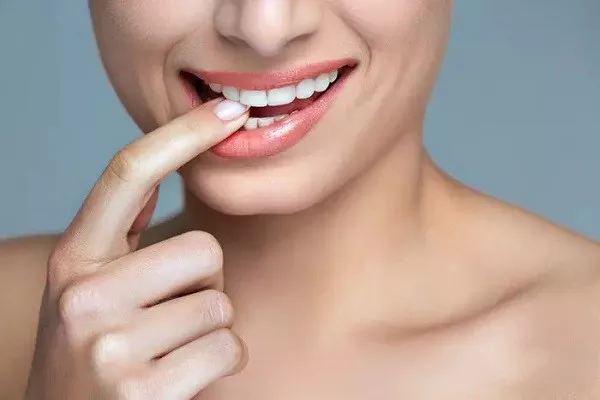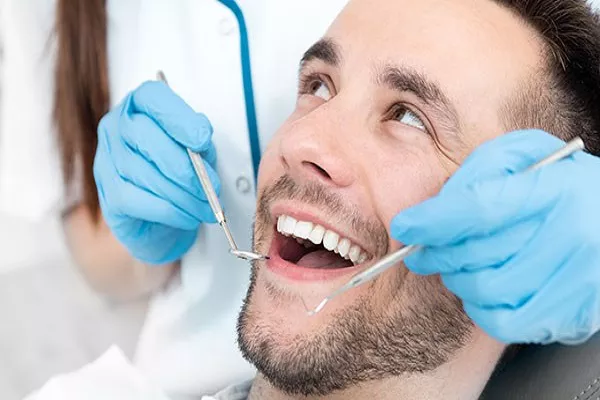White Strips Can Damage Tooth Enamel
- Overuse of white strips can lead to enamel erosion and tooth sensitivity
- The hydrogen peroxide in white strips can penetrate the enamel and damage dentin, leading to permanent damage
- Prolonged use of white strips can cause gray or translucent patches on teeth, indicating enamel loss
Enamel is the protective layer of your teeth that shields them from decay and damage. Unfortunately, overuse of teeth whitening strips can lead to enamel erosion and tooth sensitivity, making your teeth more vulnerable to damage. The hydrogen peroxide found in many white strip products is highly acidic and can penetrate the enamel, damaging the dentin underneath. This can cause permanent damage to your teeth, including discoloration and increased vulnerability to decay. Prolonged use of white strips can also cause gray or translucent patches on teeth, indicating enamel loss.
White Strips Can Aggravate Gum Sensitivity
- The chemicals in white strips can irritate and inflame the gums, causing pain and discomfort
- Gums can become more sensitive to cold and hot foods and beverages, making eating and drinking uncomfortable
- Continuous use of white strips can lead to gum recession, exposing the roots of the teeth and increasing the risk of decay and infection
The chemicals in teeth whitening strips can also cause irritation and inflammation of the gums. This can cause pain and discomfort, making eating and drinking uncomfortable. Additionally, gums can become more sensitive to cold and hot foods and beverages, leading to further discomfort. Continuous use of white strips can also lead to gum recession, where the gums pull away from the teeth, exposing the roots and increasing the risk of decay and infection.
White Strips Can Mask Underlying Dental Issues
- Teeth whitening strips can hide problems such as tooth decay, gum disease, and cracked teeth
- Covering up underlying dental issues with white strips can delay necessary treatment, causing further damage and complications
- Regular dental check-ups are crucial to ensure the health of your teeth and gums, including before starting any whitening treatments
Teeth whitening strips can also mask underlying dental issues, such as tooth decay, gum disease, and cracked teeth. Covering up these issues with white strips can delay necessary treatment, causing further damage and complications. It’s important to have regular dental check-ups to ensure the health of your teeth and gums, including before starting any whitening treatments.
White Strips May Not Be Suitable for Everyone
- People with existing dental restorations, such as fillings or crowns, may experience uneven whitening results
- Individuals with sensitive teeth or gum disease may experience increased sensitivity and pain from whitening treatments
- Pregnant or breastfeeding women should avoid using white strips due to potential exposure to chemicals
White strips may not be suitable for everyone. People with existing dental restorations, such as fillings or crowns, may experience uneven whitening results. Individuals with sensitive teeth or gum disease may experience increased sensitivity and pain from whitening treatments. Pregnant or breastfeeding women should avoid using white strips due to potential exposure to chemicals.
Alternative Teeth Whitening Options
- Professional teeth whitening treatments performed by a dental professional are much safer and more effective than at-home remedies
- Natural teeth whitening methods, such as oil pulling or brushing with baking soda, can help remove surface stains without damaging enamel or gums
- Avoiding habits that stain teeth, such as smoking or drinking coffee and red wine, can prevent the need for frequent teeth whitening treatments
There are alternative teeth whitening options that are safer and more effective than at-home remedies. Professional teeth whitening treatments performed by a dental professional can provide better results without the risk of damage to your teeth and gums. Natural teeth whitening methods, such as oil pulling or brushing with baking soda, can also help remove surface stains without damaging enamel or gums. Additionally, avoiding habits that stain teeth, such as smoking or drinking coffee and red wine, can prevent the need for frequent teeth whitening treatments.
Conclusion:
In conclusion, although white strips are a popular choice for at-home teeth whitening, they should be used with caution. Overuse of white strips can lead to enamel erosion, tooth sensitivity, and gum sensitivity, which can cause long-term damage to your teeth and gums. Additionally, white strips can mask underlying dental issues and may not be suitable for everyone. It’s important to consult with a dental professional before starting any whitening treatments to ensure your safety and the health of your teeth and gums. There are alternative teeth whitening options that are safer and more effective, such as professional teeth whitening treatments or natural teeth whitening methods. Avoiding habits that stain teeth can also prevent the need for frequent teeth whitening treatments. By being aware of the potential risks and dangers of teeth whitening strips, you can make an informed decision about how to achieve a brighter, whiter smile while preserving the health of your teeth and gums.































